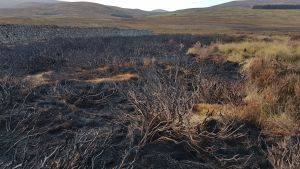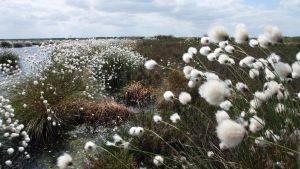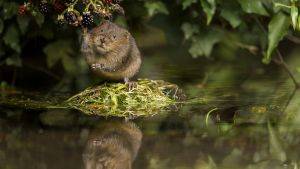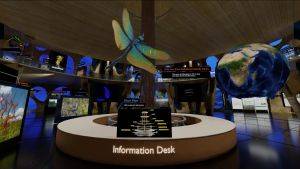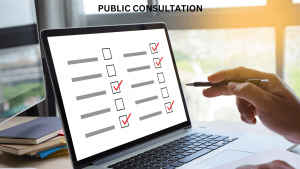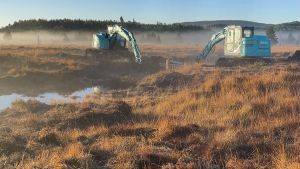Vast swathes of life-sustaining habitat in the Yorkshire Dales has been restored thanks to the efforts of Yorkshire Peat Partnership.
The programme, led by Yorkshire Wildlife Trust, has been busy working with landowners in the Dales to restore damaged peatlands, which have been emitting carbon into the atmosphere contributing to climate change and turning water in the streams and rivers brown – no good for drinking or aquatic wildlife to live in.
During the winter of 2015/16, the Yorkshire Peat Partnership carried out restoration work on over 1,200 hectares – an area six times the size of Olympic Park in London. Using innovative machinery and methods, such as spreading a green sludge-like substance containing fragments of peat-forming Sphagnum moss, the programme has been able to prevent further loss of carbon into the atmosphere and begin to create important habitat for wildlife, including wading birds like dunlin that like to breed in these areas.
Restoration work has included blocking up of great ditches known as grips and gullies using dams and sediment traps, to prevent more peat from washing away off the hills. By creating dams made up of the surrounding peat, the Yorkshire Peat Partnership has managed to cover 97,400 m in just one year (the many ditches often run parallel to one another on the individual sites). In addition, a colossal 38,000 plug plants have been used to help kick-start the growth of peatland vegetation, helping to further prevent erosion of peat.
Matt Cross, Restoration Officer at Yorkshire Wildlife Trust said:
“By working closely with landowners in the Dales, we are able to carry out large-scale restoration work that prevents further degradation of our peatlands. Blanket bogs, which is what we are working on, are globally threatened habitats, although we have a large resource here in the UK. However, in their hugely damaged state we are rapidly losing what we have. The work of Yorkshire Peat Partnership helps halt that decline and with the right long term management will hopefully see them return once more to a healthy condition.
“It is in this healthy state that they provide important services to us all: storing carbon, filtering drinking water and providing a home for rare wildlife, as well as helping us with flood management. So, by working collaboratively, we at the Yorkshire Peat Partnership hope to continue year-on-year to improve the state of our peatlands here in Yorkshire so that we might all benefit.”
Yorkshire Peat Partnership has been restoring peatlands in the Yorkshire Dales and North York Moors since 2009. To find out more about their work visit their Facebook page (YorkshirePeatPartnership) or visit Yorkshire Wildlife Trust’s website www.ywt.org.uk.
NB: If you have visited this page from our newsletter, please note the distance of dams blocked is in metres, not kilometres. Apologies for this mistake in the original issue.

